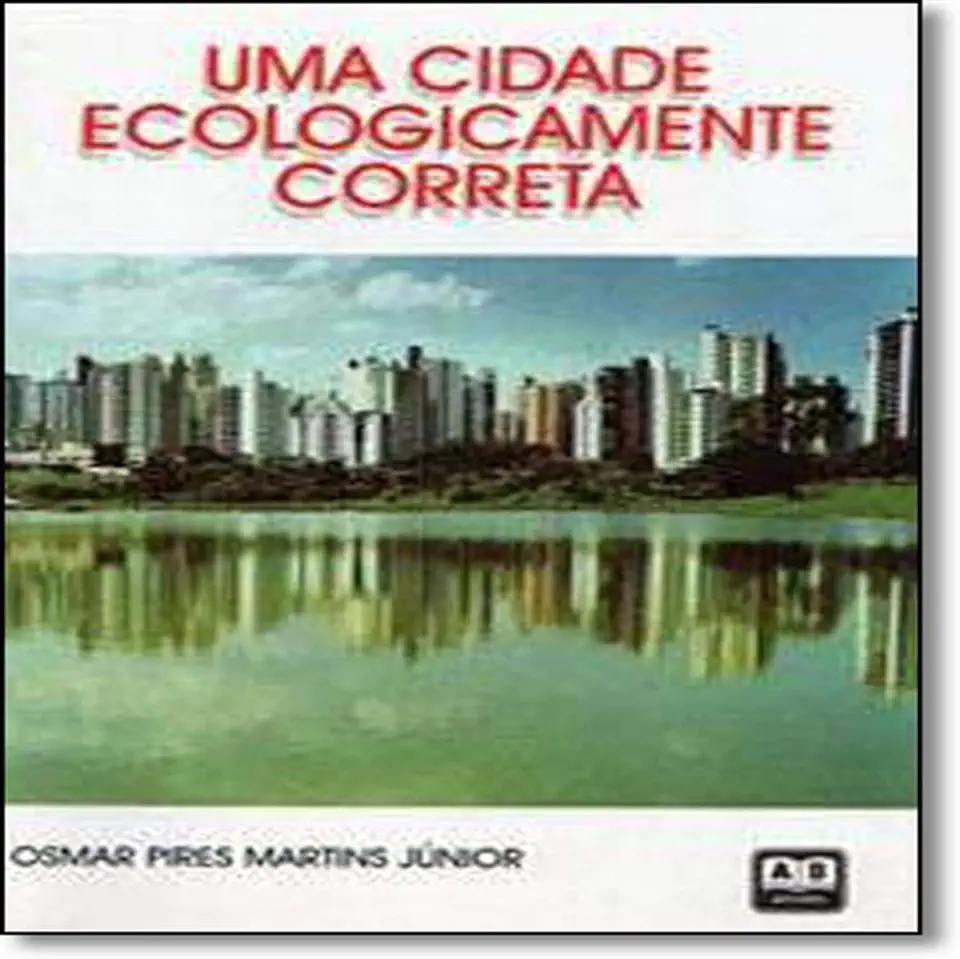
An Ecologically Correct City - Osmar Pires Martins Júnior
An Ecologically Correct City: A Vision for a Sustainable Future
Introduction
In his book "An Ecologically Correct City," Osmar Pires Martins Júnior presents a compelling vision for a sustainable future, arguing that cities must become more ecologically conscious in order to address the urgent challenges of climate change, pollution, and resource depletion. Drawing on a wealth of research and real-world examples, Martins Júnior outlines a comprehensive plan for creating cities that are not only environmentally friendly, but also socially just and economically prosperous.
Key Concepts
Urban Ecology
Martins Júnior begins by introducing the concept of urban ecology, which he defines as "the study of the interactions between humans and their natural environment within urban areas." He argues that understanding these interactions is essential for developing sustainable cities, as it allows us to identify the ways in which human activities impact the environment and develop strategies to mitigate these impacts.
Sustainable Development
Martins Júnior then discusses the concept of sustainable development, which he defines as "development that meets the needs of the present without compromising the ability of future generations to meet their own needs." He argues that sustainable development is essential for creating ecologically correct cities, as it ensures that we are not only meeting our current needs, but also preserving the environment for future generations.
Green Infrastructure
Martins Júnior identifies green infrastructure as a key component of ecologically correct cities. Green infrastructure refers to the use of natural systems, such as parks, green roofs, and permeable pavements, to manage stormwater runoff, improve air quality, and provide habitat for wildlife. He argues that green infrastructure is essential for creating sustainable cities, as it helps to reduce the environmental impact of urban development.
Strategies for Creating Ecologically Correct Cities
Martins Júnior outlines a number of strategies for creating ecologically correct cities, including:
- Reducing energy consumption: Cities can reduce their energy consumption by improving energy efficiency, using renewable energy sources, and promoting public transportation.
- Reducing waste production: Cities can reduce their waste production by recycling, composting, and reducing consumption.
- Protecting water resources: Cities can protect their water resources by conserving water, reducing pollution, and restoring natural waterways.
- Improving air quality: Cities can improve their air quality by reducing traffic congestion, promoting public transportation, and planting trees.
- Creating green spaces: Cities can create green spaces by developing parks, green roofs, and community gardens.
Conclusion
Martins Júnior concludes by arguing that creating ecologically correct cities is essential for the future of our planet. He calls on cities to take action now to address the urgent challenges of climate change, pollution, and resource depletion. By working together, we can create a more sustainable future for all.
Why You Should Read This Book
"An Ecologically Correct City" is a must-read for anyone interested in sustainability, urban planning, or environmental science. Martins Júnior provides a wealth of information and insights on how to create cities that are not only environmentally friendly, but also socially just and economically prosperous. This book is a valuable resource for anyone who wants to make a difference in the world.
Enjoyed the summary? Discover all the details and take your reading to the next level — [click here to view the book on Amazon!]